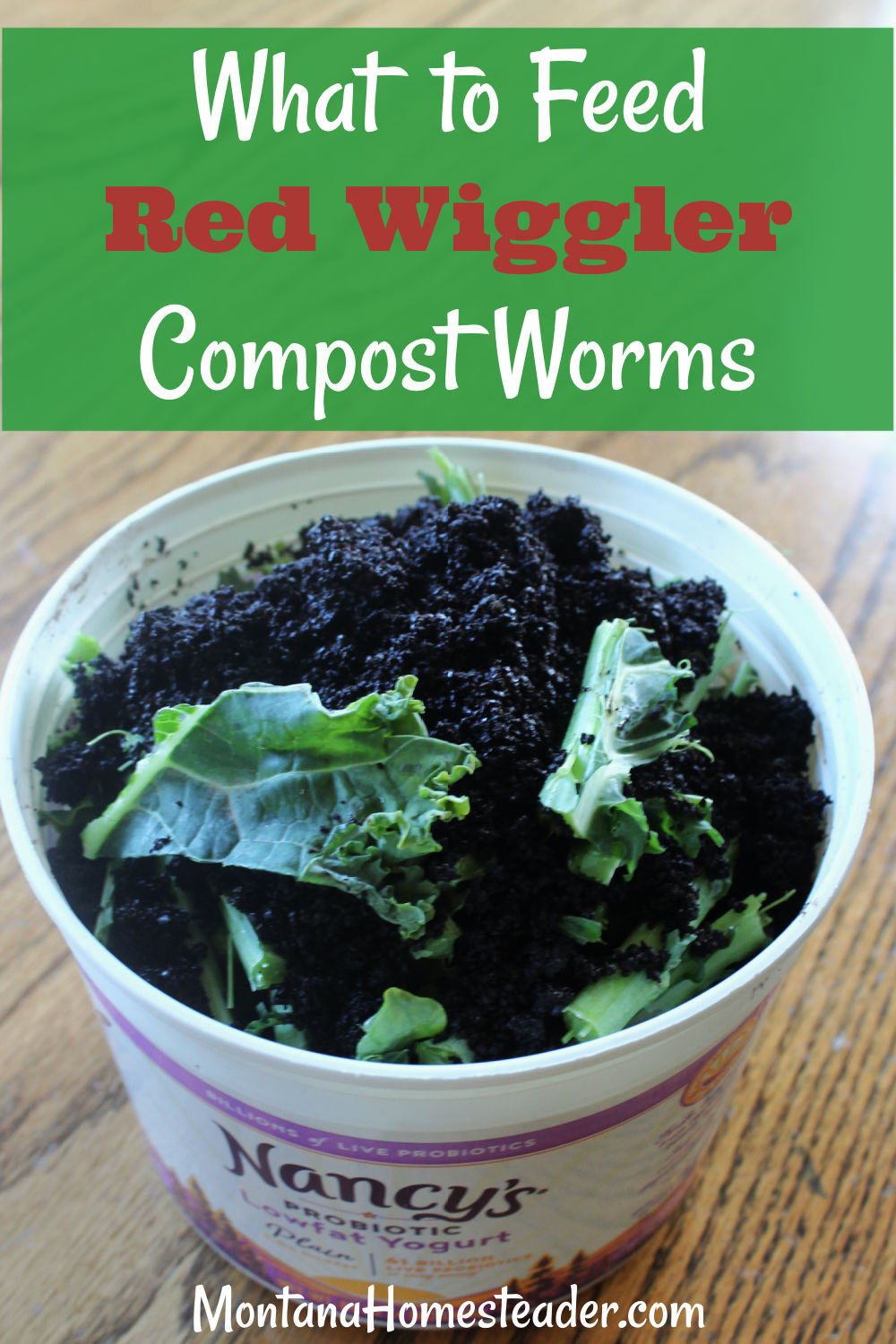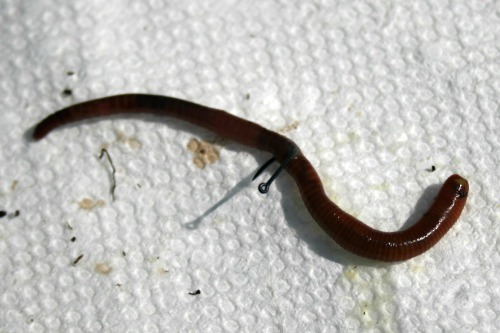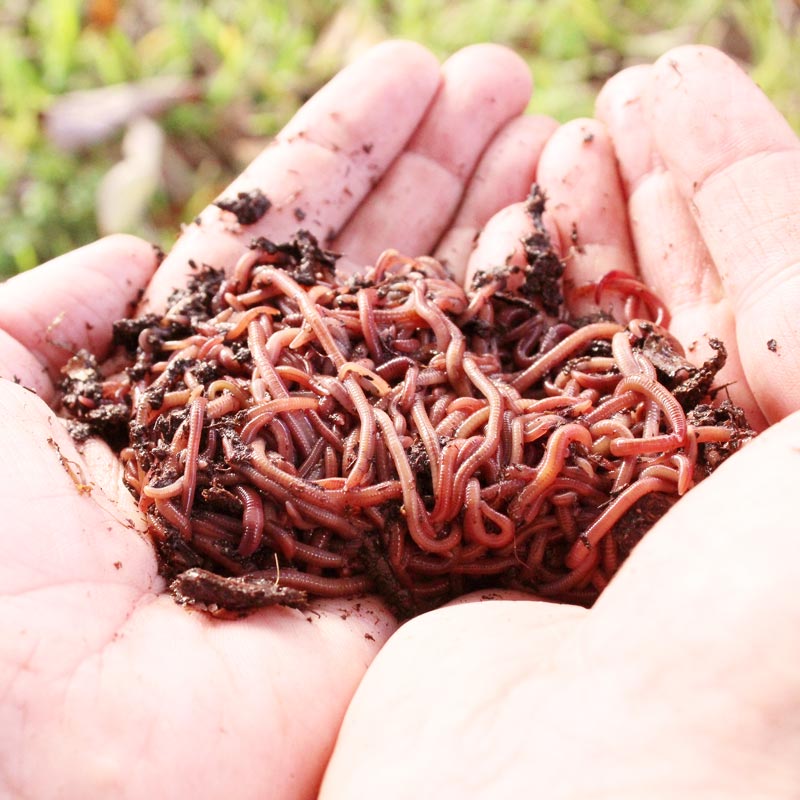Red Wigglers: The Unsung Heroes of Organic Waste Recycling
Red wigglers, or Eisenia fetida, work as crucial representatives in the natural waste recycling procedure, changing disposed of materials into beneficial vermicompost. Their effective failure of organic issue not just improves dirt quality but additionally adds to sustainable waste management practices. As the world increasingly looks for options to deal with waste build-up and boost farming efficiency, recognizing the function of these worms ends up being necessary. What devices allow them to flourish in compost settings, and just how can they be efficiently made use of in both property and industrial setups? Exploring these concerns discloses the broader ramifications of vermicomposting in our environmental landscape.
What Are Red Wigglers?
The exceptional durability of red wigglers, clinically referred to as Eisenia fetida, underscores their critical function in natural waste recycling. These little, reddish-brown earthworms are generally located in decaying raw material, such as garden compost piles and manure lots. Lake Hickory Bait. Unlike other earthworm varieties, red wigglers flourish in nutrient-rich settings and are highly reliable at breaking down organic products, making them vital for vermicomposting

(Red Wiggler Express)Along with their duty in waste reduction, red wigglers add to dirt health by improving soil framework and oygenation via their burrowing activities (Lake Hickory Bait). Their existence in composting systems not just boosts decomposition rates however additionally promotes a sustainable technique to throw away management, illustrating their value in eco-friendly preservation initiatives
Advantages of Composting With Worms
Composting with worms, especially red wigglers, offers many advantages that boost both waste monitoring and soil wellness. First, these worms successfully damage down organic waste, transforming it into nutrient-rich vermicompost that improves soil. This procedure accelerates decay, enabling a much faster recycling of kitchen scraps and various other organic products contrasted to traditional composting approaches.
In addition, the vermicompost generated by red wigglers is including useful bacteria, which help boost dirt structure, aeration, and moisture retention. This boosts the general health and wellness of plants, promoting strenuous growth and raised returns in yards and agricultural settings. Furthermore, the usage of worms in composting lessens the manufacturing of greenhouse gases, such as methane, adding to a much more lasting waste monitoring system.

Exactly How to Beginning Vermicomposting
Establishing a vermicomposting system is a simple process that can produce considerable benefits for both waste administration and dirt enrichment. To begin, pick an appropriate container, such as a plastic container or wood box, with appropriate air flow openings to ensure correct air flow. The measurements must ideally be around 2 feet by 3 feet, enabling adequate room for the worms to flourish.
Following, prepare bed linen material, which can consist of shredded newspaper, cardboard, or coconut coir. This bed linens ought to be dampened to produce a suitable habitat for the worms. When the bed linen remains in area, present red wigglers (Eisenia fetida) into the container, commonly around one extra pound of worms for each square foot of surface location.
Complying with the positioning of worms, add organic waste, such as fruit and veggie scraps, coffee premises, and smashed eggshells. With these steps, you will efficiently start a vermicomposting system that adds to lasting waste management and enriches your dirt.
Preserving a Healthy Worm Bin
(Red Wiggler Express)Keeping a worm bin thriving requires routine attention and treatment to guarantee the health and wellness of the red wigglers and the efficiency of the composting procedure. Proper maintenance begins with monitoring the moisture degrees; the container must be moist however not soaked. A great guideline of thumb is to maintain a consistency similar to a wrung-out sponge.
Gently blending the bed linen and food scraps every few weeks prevents compaction and guarantees that all worms have access to oxygen. Additionally, it is crucial to feed the worms appropriately.
If the container comes to be as well warm or cold, the worms might end up being worried. By vigilantly taking care of these aspects, one can maintain a robust and efficient worm container.
Influence On Lasting Living
The successful maintenance of a worm container not only benefits the wellness of red wigglers but also adds dramatically to sustainable living practices. By recycling organic waste, such as cooking area scraps and lawn particles, red wigglers assist draw away substantial quantities of product from land fills. This decrease in waste not only decreases greenhouse gas emissions however likewise reduces the ecological problem related to waste monitoring.
Moreover, the spreadings produced by red wigglers act as a nutrient-rich organic plant food, enhancing dirt health and advertising plant growth. This natural alternative to chemical fertilizers sustains sustainable farming and gardening methods, decreasing reliance on view artificial inputs that can hurt ecological communities. Furthermore, worm composting promotes recognition of waste administration, urging individuals and neighborhoods to embrace more sustainable habits.

Final Thought
In recap, red wigglers offer as essential contributors to natural waste recycling through their efficient disintegration of natural materials. By integrating vermicomposting into waste monitoring approaches, individuals and communities can considerably decrease waste while promoting ecological sustainability.